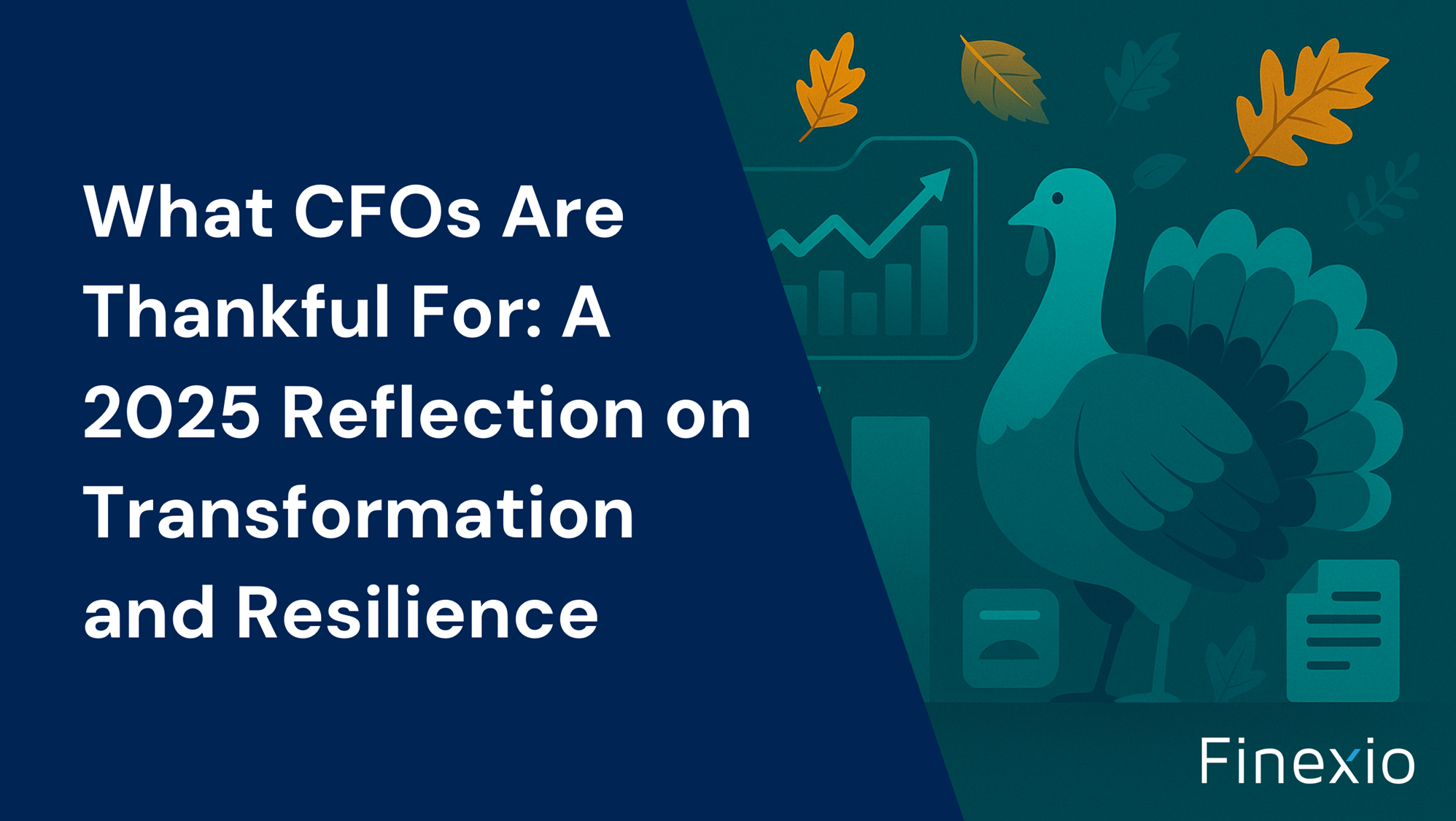Enough with all the talk about payment automation.


If there’s one thing we have all learned during the COVID-19 pandemic, it’s that there is no such thing as “business as usual”. Very few organizations have made it through the past few months unscathed and many have been forced to throw out business plans for the year, forced to start from almost “zero” at mid-year.
The need to “refresh the plan” and innovate extends beyond assessing the impact of human capital investment and lost revenue from sales. No longer can businesses not adopt automation while remaining competitive. But while many organizations increasingly understand the importance of modernizing operations, resistance remains thanks to the perceived costs of digital transformation and the fear of the unknown.
One area that is ripe for innovation is the AP department. Too many businesses have been slow to adopt the same digital methods of payments that consumers do not give a second thought to.
Ernest Rolfson, Finexio’s Founder and CEO explains that, contrary to what many chief financial officers (CFOs) assume, the cost of payment automation may not be as high as once thought. Indeed, the costs of failing to act may be far higher — and not all of those costs can be measured in strict dollars and cents. This includes overall productivity and supplier satisfaction.
“Often, it’s the devil you know vs. the devil you don’t,” said Ernest. “and it’s hard to exact the cost of not doing something, especially in naturally conservative finance departments. Change is really hard to do.” Ernest goes on to add that this is underscored by the pockets of enthusiasm he sees among clients, but an inability to prioritize payments automation over other tasks.
So why make the leap?
Ernest has identified three particular areas where the pain points can be felt the most when organizations fail to adopt automation and it is costing them up to $8 per transaction to do nothing and creating a lot of internal friction that impedes the process.
The first is just the physical act of moving paper documents between personnel, coding them, and filing them appropriately. The second is in the financial cost of that paper, both in the form of processing physical invoices and printing checks, as well as the cost of labor associated with pushing paper. Finally, the third category is in the perceived pain of changing legacy workflows.
In this latter category, Mr. Rolfson pointed to the “devil you don’t know” mentality that continues to prevent organizations from changing. This is among the most difficult to address because optimizing workflows may not be achievable solely through the adoption of a digital tool.
“Sometimes, revisiting how things are being done does not create enough of a sense of urgency,” he noted. “They’ve got their mindset that, if things are ‘working,’ then they’re OK with it — until there is a crisis such as COVID-19.” The current pandemic is now forcing many organizations’ AP departments to act after what has, for some firms, been years of kicking the can down the road. Electronic payments are starting to make a lot of sense.
In addition to the hard costs attributed to paper processes, there are the cost of valuable time, which could and should be spent on more strategic initiatives, as well as the cost of a lack of payments and cash flow visibility due to inefficient and siloed operations. Plus, there is the supplier side of the fence. More and more are set up — and prefer — digital payments to improve their cash flow. Therefore, it is important for organizations to assess the actual costs of digital transformation including the “opportunity lost” associated with inertia.
Technology today offers the opportunity for organizations to keep many of their existing systems in place, and to optimize workflows without forcing teams to ditch the tools they are familiar with that are working efficiently. At the same time, identifying and procuring technologies that can seamlessly connect to those existing systems and guide AP teams through an optimized workflow, allows firms to take a gradual, yet valuable approach to modernization.
This is particularly important for business continuity planning as firms continue to operate in a remote work setting. By minimizing the costs of digital transformation — both financial and otherwise — businesses are finally able to take actionable steps toward change they have been avoiding for years.
“It’s really never been easier for a CFO to rationalize digital transformation,” Ernest said. “The business case had already been written.”
To learn more about Finexio and how digitizing accounts payable can be done for your company, contact us here to set up a consultation.
Get the free Newsletter
Get the latest information on all things related to B2B and electronic payments delivered straight to your inbox.




